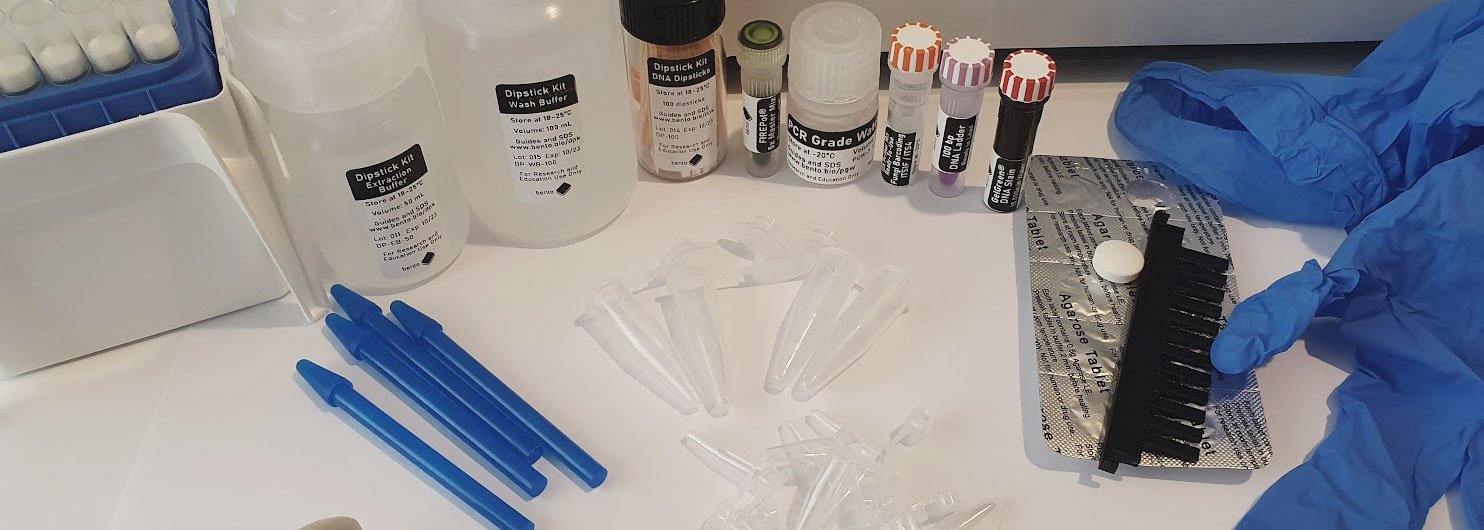We get many emails asking us: “When I buy a Bento Lab, what else will I need?”
In this post, we cover the main points to answer this frequently asked question.
The main factors to consider are:
- what you want to do with Bento Lab
- how much you want to stock up on reagents and consumables in your first purchase
Beginner’s Choice: Biotech 101 Kit
If you are a beginner interested in starting your DNA learning journey, one option is to buy Bento Lab together with the Biotech 101 Kit. This will have everything you need to run a small range of different learning experiments. It will give you a good introduction to the steps involved and give you a feel for where you can go next. See the list below for information on whether Bento Lab Entry or Pro is right for you.
If you want Bento Lab for specific applications, there is a core set of equipment and reagents that nearly everyone using Bento Lab will need. We have listed and described these below.
How much of each item should I buy?
In terms of volumes, we recommend buying enough of the consumable items for your planned use for the near future. We make reagents and consumables available at lower volumes so that you don’t need to break the bank on a year’s worth of supply. You can then stock up when you are running low on anything.
Looking for advice on using Bento Lab?
Book a free consultation or ask a question.Working out the cost of getting started
A simple and quick way to calculate the overall budget you need is to simply add items to the shopping cart on our website as you read through. You can do this by clicking on the hyperlinked text for each product. You can also send the shopping cart to yourself as a PDF quote which you can order later. To do this, simply go to the cart and choose Request Quote instead of Purchase Now.
A Detailed Buyer’s Guide
From DNA extraction kits to plastic consumables, there are quite a few items to consider. We have grouped them into these categories so you can easily find what you are looking for on this list.
- Equipment
- Plastics Consumables
- Extraction Kits/Reagents
- PCR reagents and primers
- Gel electrophoresis reagents
Interested in DNA methods and workflows? Subscribe for monthly insights.
Equipment
1. Bento Lab
Entry or Pro – Which configuration is right for me?
- The Pro configuration is designed for ambitious and professional research applications. If you are using Bento Lab for real world applications or you need versatility, this is probably the right option for you.
The centrifuge is compatible with spin-column DNA extraction kits, and you can use it to precipitate and centrifuge DNA into pellets. The electrophoresis module has a variable voltage and can be used to run fast or very slow gels. - The Entry configuration is a more affordable option designed for beginners. It has a fixed voltage electrophoresis setup, and a slower fixed speed centrifuge.
If you don’t need a fast and variable centrifuge for faster or more ambitious DNA extractions, this option could be a great choice for you to get started.
If you are planning on taking your Bento Lab on fieldwork or to many different events on a regular basis, you may also want to invest in a carry case.
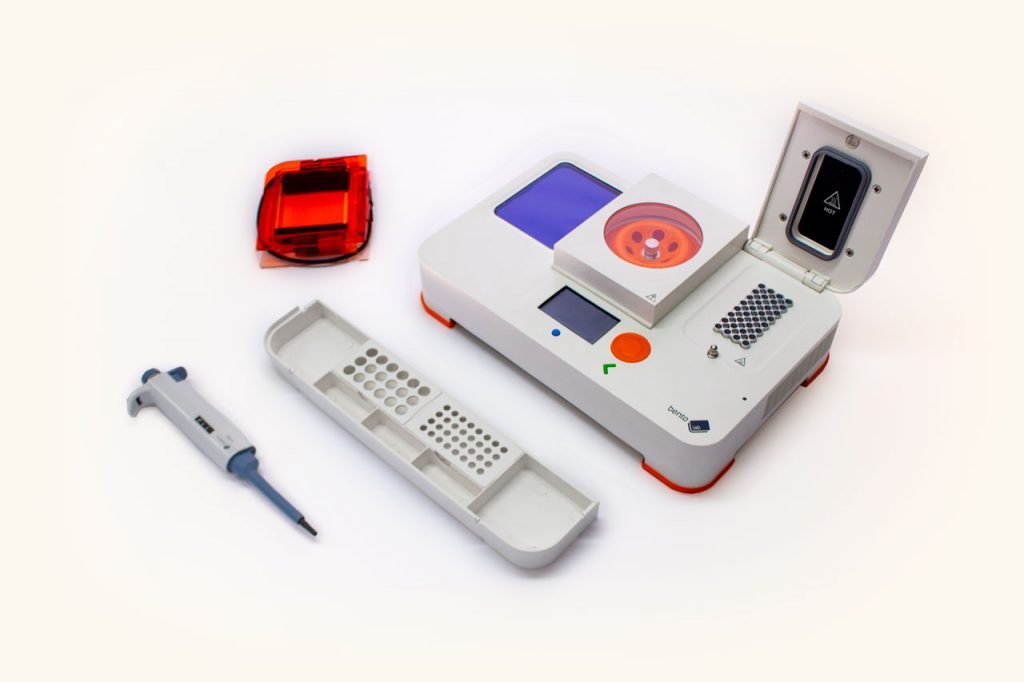
2. Adjustable micropipettes
You will need at least one micropipette to cover very small volumes for PCR. Another pipette to cover larger volumes for DNA extraction and other purposes is also highly recommended.
20 µL and 200 µL micropipettes do a good job of covering both ranges, and have the advantage of fitting the same pipette tips (2-200 µL) provided the tips are unfiltered.
You may also want to consider:
- A 1000 µL pipette (and tips) if you are routinely pipetting volumes larger than 200 µL
- A 10 µL pipette (and tips) if you want to have better control and accuracy for very small volumes
- A dedicated small pipette (20 µL or 10 µL) for handling PCR products only to reduce the risk of cross-contamination
- Other size micropipettes (2 µL, 50 µL, 100 µL, 300 µL) are available from other retailers if you find you need these volumes routinely
- A multichannel pipette if you are working with multiple Bento Labs or have particularly pipetting-intensive protocols
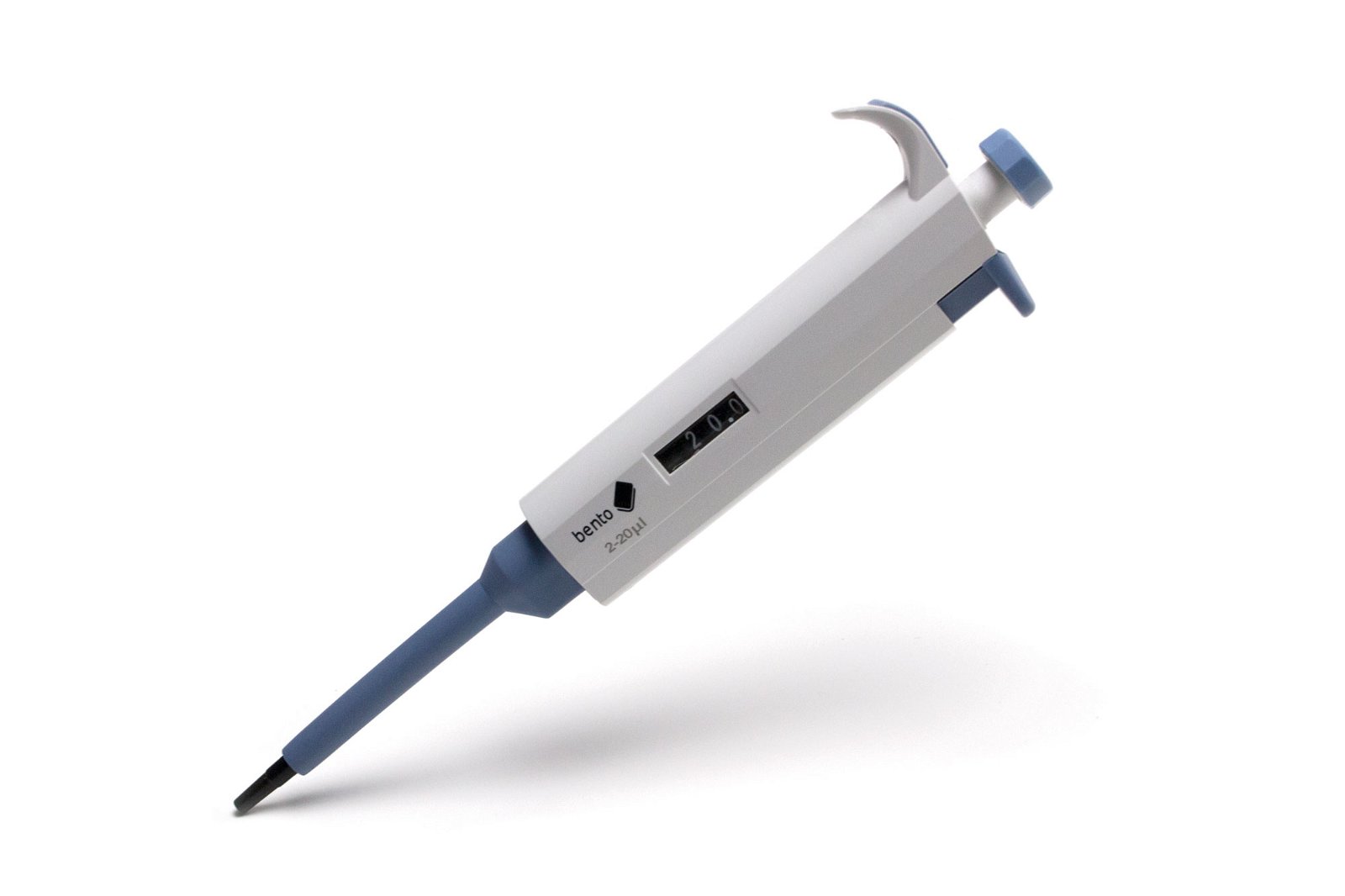
3. Add-A-Lane Gel Comb
You can double the number of PCR results you visualise in one gel by adding an additional row with an Add-A-Lane comb, and then running the DNA only half the way down the gel for each row.
This is very useful for when you want to visualise just a single band for each PCR reaction, but it can result in lower resolution for some applications compared to a full length gel run.
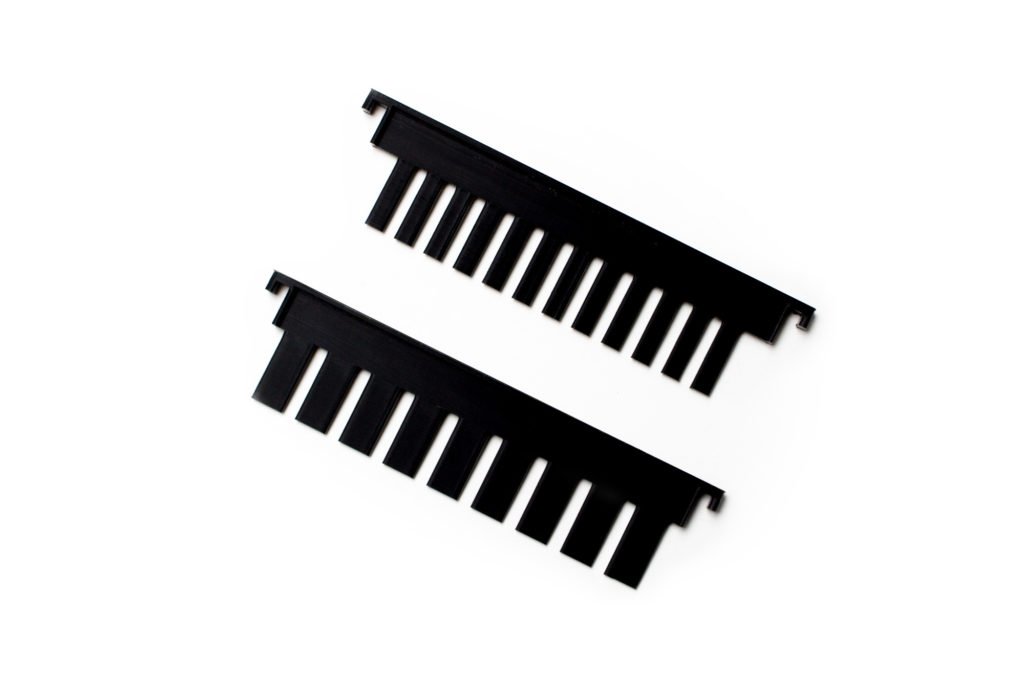
4. Additional equipment
You will also need some additional equipment, most of which you probably already have or can easily get:
- A microwave for melting agarose for gels
- A beaker (or a jam jar) for melting agarose
- A secure container for used pipette tips
- A secure container for implements used for sampling tissues, such as razor blades or needles — a sharps box would be ideal
- A plastic tray as a work surface — this can be bleached if needed
- Secure storage boxes to store equipment and reagents
- Plastic press-to-seal bags to store PCR products.
- Nitrile or latex gloves to protect your samples and PCR products from cross contamination
- Depending on your DNA extraction method you may need a method of grinding tissue — for example, to use the Dipstick DNA extraction kit we recommend plastic pestles for use with 1.5 mL centrifuge tubes
Plastic consumables
5. Pipette tips
You will need a LOT of pipette tips during your PCR journey! For example, an eight sample plus two controls single gel workflow using the HotSHOT DNA Extraction Kit uses a minimum of 27 x 2-200 µL pipette tips. After three such experiments you will have nearly used up a whole box of 96 tips.
When deciding what to buy, first make sure that your pipette tips fit the size ranges of your micropipettes:
- 20 µL and 200 µL pipettes can use 2-200 µL tips
- 1000 µL pipettes use 100-1000 µL tips
- If you choose to get 10 µL micropipettes, these use 10 µL tips
Secondly, you could think about how you can save plastic waste (and money). For example:
- Buy a few boxes of tips, and then get loose tips to refill the empty boxes. But note that some tip boxes and tips are not compatible. You may need some trial and error to find the right combinations.
- If you have a slow afternoon, you can look online for good deals on boxed tips. Sometimes you will find good deals for bulk buys from ex-lab stock.
You may also want to consider buying filtered pipette tips to help reduce the risk and impacts of PCR or reagent contamination, especially if your work is particularly valuable or sensitive. But be aware that filtered 20 µL and 200 µL tips are not interchangeable.
Reusing non-filtered pipette tips after washing and decontamination is technically possible, and is fine for practice pipetting where contamination doesn’t matter. But for PCR applications it is not usually economical for the average user, and it won’t be possible to reuse filter pipettes.

6. 1.5 mL centrifuge tubes
1.5 mL centrifuge tubes are needed for many experiments and especially for DNA extraction, for example with the Dipstick DNA Extraction Kit. They are not expensive and a large bag should last a long time.
If you intend to only use 0.2 uL PCR tubes for DNA extraction and PCR (for example using the HotSHOT DNA Extraction Kit) then you may not need any 1.5 mL tubes for this method.
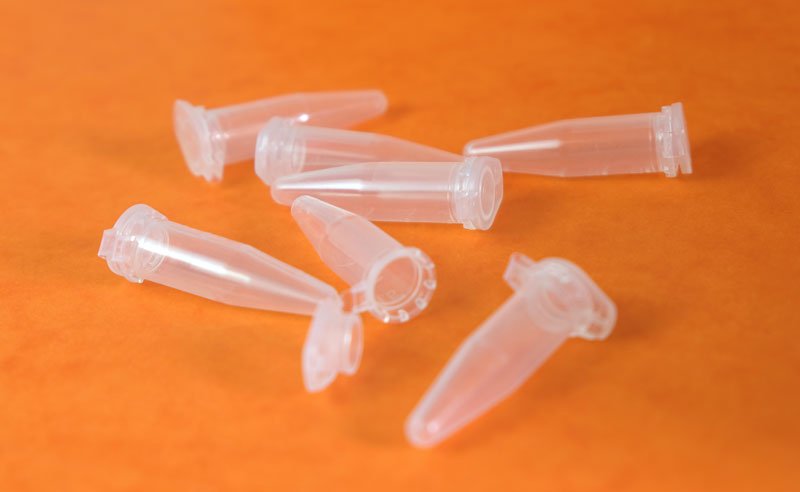
7. 0.2 mL PCR tubes
0.2 mL PCR tubes are essential for PCR, but are also used for some small-volume DNA extraction protocols such as the HotSHOT DNA Extraction Kit.
They can come either as individual tubes, or as strips of 8 PCR tubes connected together (with or without individual lids), or as 96 well plates for larger laboratory thermocyclers.
If you are intending to routinely do a large number of samples with Bento Lab, it is worth considering sourcing 8 tube PCR strips with individual lids to help you keep your samples organised. These will usually be more expensive than individual tubes.
For higher throughput work, especially if involving dilution steps, you could consider 32 well PCR plate segments or cut-down 96 well PCR plates.
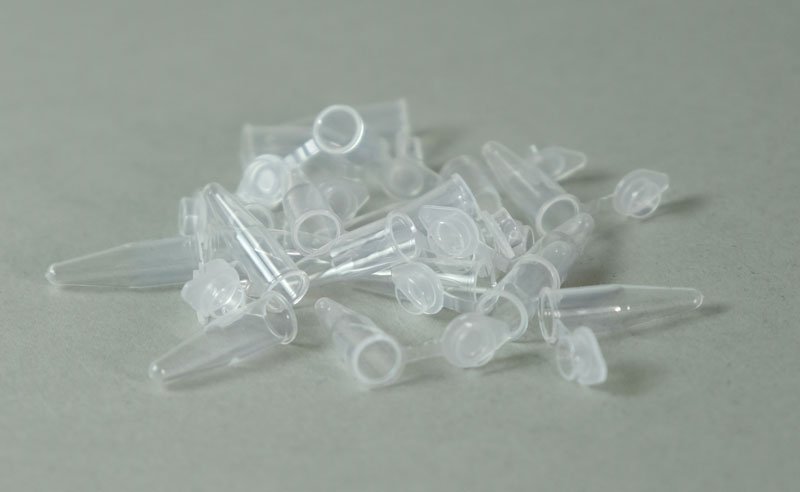
Extraction Kits and Reagents
Whatever the PCR application you will need some form of DNA extraction method. Some researchers may make up their own bespoke DNA extraction reagents, and others may prefer a DNA extraction kit of some sort.
8. DNA Extraction Kits
We have created two affordable DNA extraction kits to cover a wide range of applications:
The HotSHOT DNA Extraction Kit: a simple weak alkaline lysis and neutralisation method which is appropriate for many applications. This is suitable for quick crude extractions where you do not need to grind the specimen and where PCR inhibition by the sample is not a major problem.

The Dipstick DNA Extraction Kit: a detergent/salt/buffer extraction method using filter paper dipsticks to transfer and wash DNA before transferring it into your PCR mix. This is also a quick method that allows you to grind the specimen to release more DNA while reducing potential PCR inhibition problems.
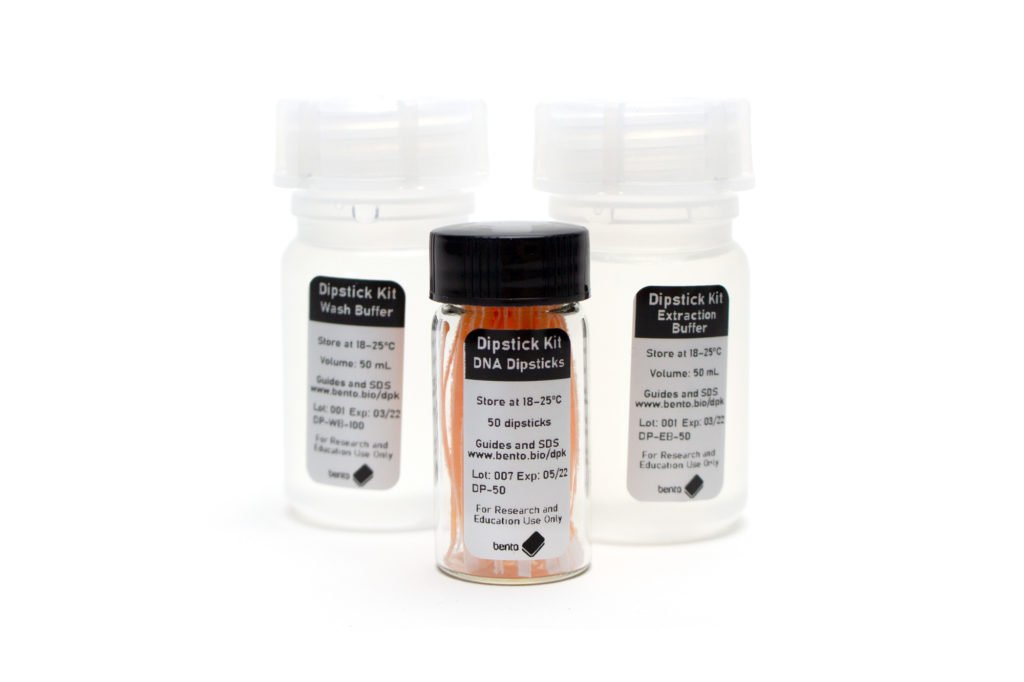
PCR reagents
To produce a PCR mix you will need three essential components:
9. PCR Mastermix
PCR Mastermixes are usually 5x or 2x working concentration. We offer two 5x PCR Mastermixes:
- 5x FIREPol® Master Mix Ready To Load — this is good for routine applications
- 5x HOT FIREPol® Blend Master Mix Ready to Load — this is a Hot Start polymerase, meaning that the polymerase enzyme is only activated after an initial heating step, thereby reducing the risk of primer dimer formation and non-specific amplification
For fieldwork applications you may prefer to buy multiple smaller volumes to reduce the risk of contamination or reagent loss when in the field.
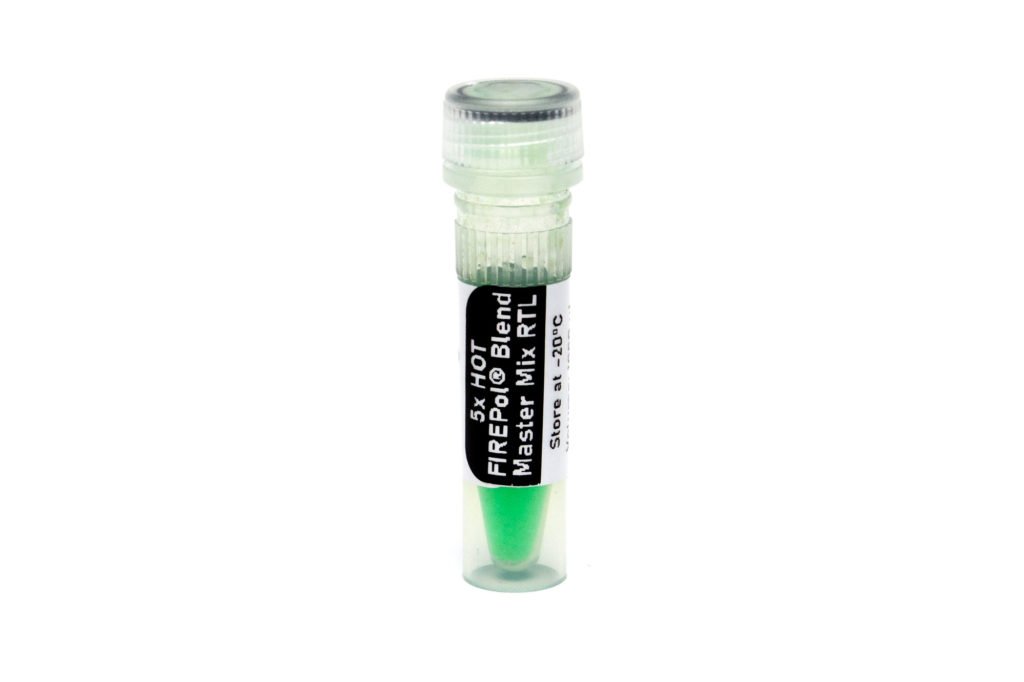
10. PCR grade water
PCR grade water is highly purified water which is free from any contamination such as microorganisms, salts or solutes, or DNA and RNA-degrading enzymes. PCR grade water comprises a very large proportion of a PCR reaction so it is important for it to be clean.
Distilled water, or even good quality tap water, can be used for PCR and dilution steps, but at a risk of PCR contamination depending on any trace contaminants present and whether the primer set you are using will amplify these contaminants.

11. Primers
All PCR applications need primers (small strands of DNA matching the start and end of your amplification targets) to allow the PCR process to work. For every different PCR application you will need to buy specific primers for that application.
We supply primers as primer mixes for convenience, each containing the two or more primers needed for that PCR assay or barcoding application.

12. PCR additives
You may also want to add some PCR additives to help improve PCR efficiency or specificity, such as Bovine Serum Albumin (BSA), PCR-Enhancer solution, or Magnesium chloride. You should only buy these when you know you need them for your specific applications and how these reagents will improve you PCRs.
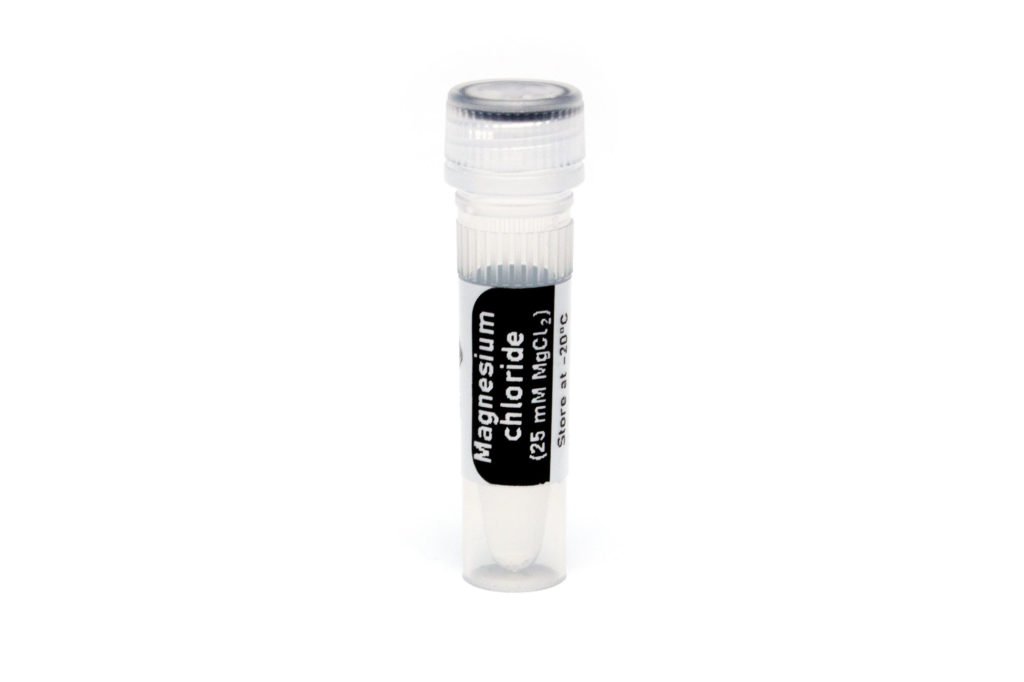
Gel Electrophoresis reagents
13. 10x TBE buffer
You will need 10x TBE Buffer to conduct electricity and to buffer DNA in electrophoresis gels and running buffer. We recommend using it at 0.5x concentration. 50 mL of 10x TBE will make and run 80 gels, and 1 L will make and run 400 gels.

14. Agarose Tablets
Agarose is needed to cast agarose gels for gel electrophoresis. We offer them as easy-to-use tablets. One tablet is usually used per gel, although you may wish to use two tablets for high-strength gels for better separation of 100-500 bp DNA fragments. You can buy tablets in strips of 10, or as a box of 200.

15. DNA stain
DNA stain is used to stain your PCR products or genomic DNA so that you can visualise them under blue light transillumination.
We recommend that beginners use GelGreen® DNA stain, which is a very bright and safe stain that can’t penetrate gloves or skin cells. It does have a tendency to smear when staining high concentrations of DNA stain due to the same mechanism that makes it safe – but this is a very sensible tradeoff to ensure safety.

16. DNA Ladder
DNA ladder is composed of fragments of DNA at fixed sizes so that it can be used as a reference for estimation of the size of your DNA strands. We recommend a 100 bp DNA ladder for most PCR assays, since most PCR products will end up within that size range.
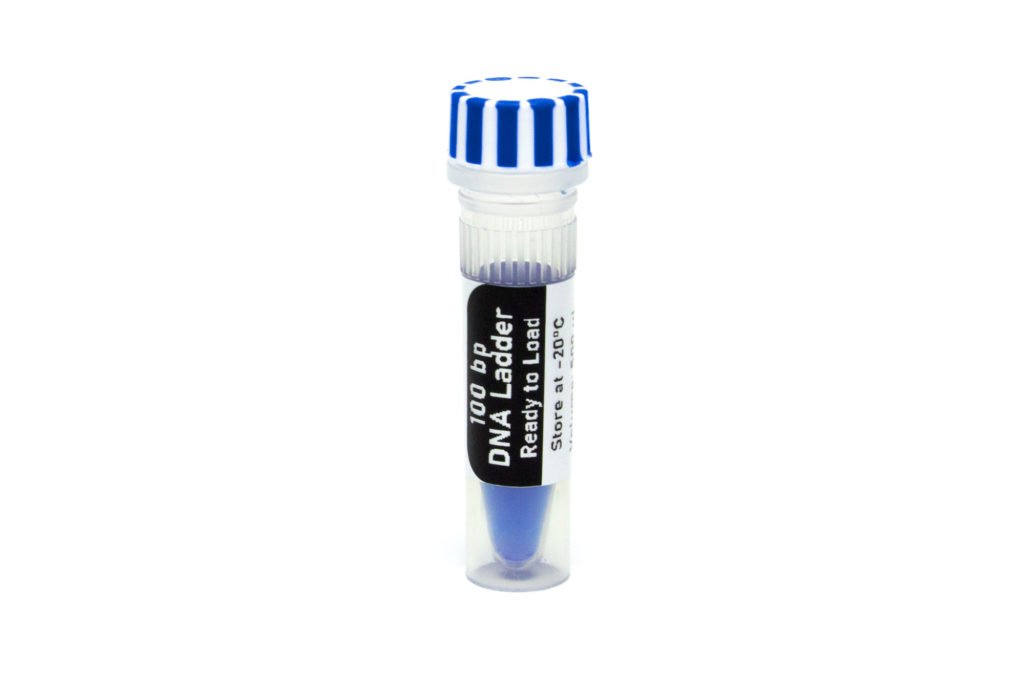
We hope that this will give you an idea of what you will need to make the most of your Bento Lab!
Looking for advice on using Bento Lab?
Book a free consultation or ask a question.